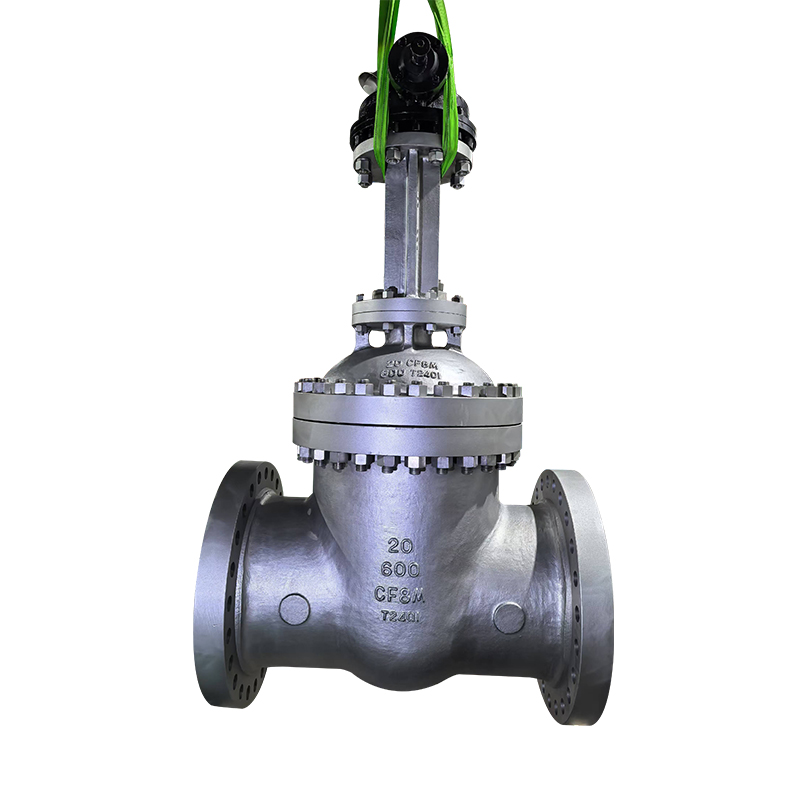
The Backflow Double Check Valve is a widely used backflow prevention device designed to stop reverse water flow in potable water systems. It consists of two independently operating check valves in series. These valves are housed in a compact body and work together to maintain system integrity, particularly where the risk of contamination is moderate.

Key advantages include:
Redundant protection: The dual-valve configuration offers a backup in case one check valve fails. This ensures that even if the valve does not close properly, the second valve can still prevent backflow.
Compact design: The valve is relatively small and can be installed in confined spaces. It is commonly used in commercial buildings, irrigation systems, and fire sprinkler installations.
Ease of maintenance: Many models include test ports for pressure readings and routine checks. This allows for simplified maintenance and troubleshooting without requiring system shutdown.
Regulatory compliance: Many plumbing codes require backflow prevention in specified systems. The double check valve meets these standards for systems with low to medium hazard potential.
Cost-effective: Compared to more complex backflow prevention assemblies like reduced pressure zone devices (RPZs), the double check valve is typically more affordable while still providing reliable protection.
The 3 Port Butterfly Check Valve is a specialized flow control component designed to manage directional flow in systems with three pathways. It incorporates the features of both a butterfly valve and a check valve, offering directional flow control with automatic backflow prevention. This design is commonly used in process piping systems, especially where selective flow routing or flow isolation is required.
The processes involved in the 3 Port Butterfly Check Valve include both manufacturing steps and operational mechanisms:
Manufacturing Process:
Material selection: The body is typically made from stainless steel, cast iron, or ductile iron. The disc and seat materials are chosen for corrosion resistance and sealing performance.
Casting or forging: Valve bodies are usually cast into the desired shape and machined for precision. For higher-pressure applications, forged bodies may be used for added strength.
Machining and assembly: CNC machines process internal components to ensure dimensional accuracy. The valve disc, stem, and seating areas are assembled with attention to alignment and rotation clearance.
Sealing integration: Elastomeric seals or PTFE seats are installed to ensure reliable shut-off performance. These are carefully positioned to avoid leakage under pressure variations.
Testing: Final testing includes pressure tests, flow direction checks, and seat tightness verifications.
Operational Mechanism:
The valve opens with forward fluid pressure and closes automatically when flow reverses. The butterfly-style disc rotates on a central axis and is held in place by internal springs or fluid dynamics. The third port allows for alternate flow paths or mixing/diversion, depending on system configuration.
The 3 Port Butterfly Check Valve is valued for its compact footprint and dual-function control. It minimizes the need for separate valves while supporting directional integrity in multi-branch systems.
Both the Backflow Double Check Valve and the 3 Port Butterfly Check Valve contribute significantly to system efficiency and safety in fluid handling applications. The double check valve offers dependable backflow prevention with minimal complexity, while the three-port butterfly check valve brings versatility to flow direction control with an integrated check mechanism.
Understanding the structure and functionality of these valves helps in selecting the appropriate solution for plumbing, HVAC, industrial, or municipal systems. Careful design, accurate manufacturing, and correct installation ensure these valves continue to operate reliably over their service life.
Would you like a diagram showing how these valves are installed in typical systems?

